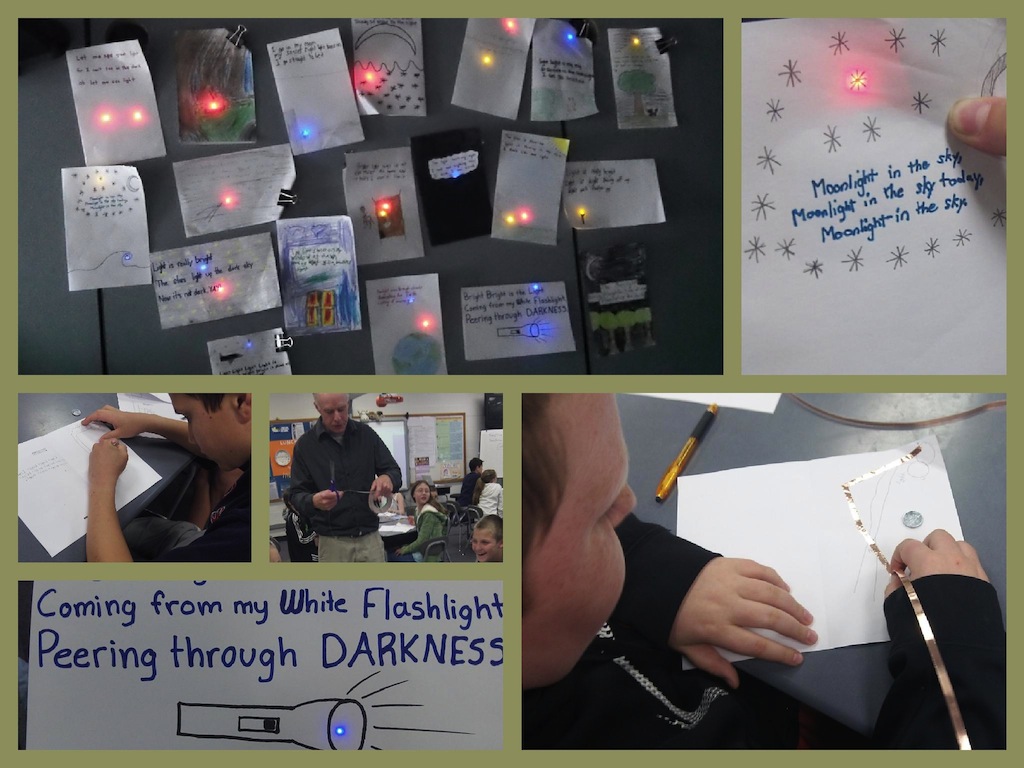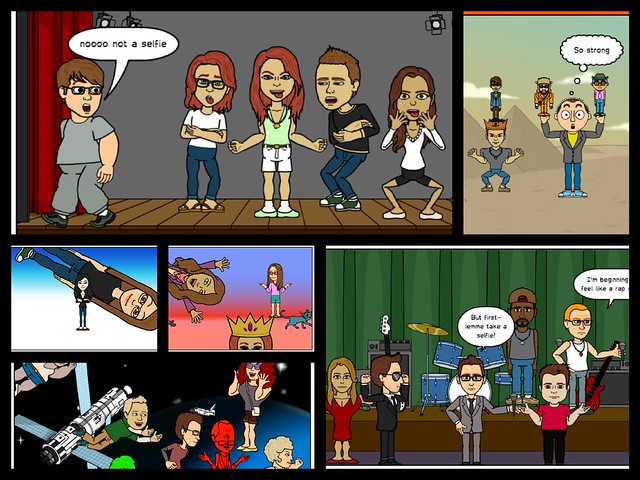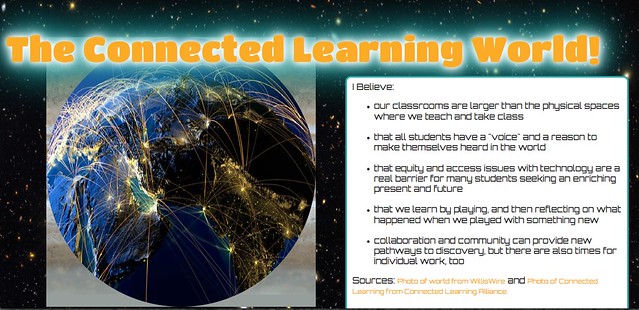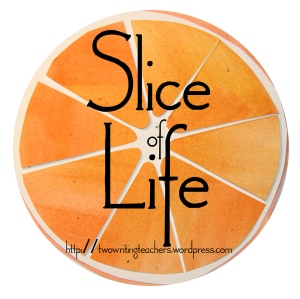I’m as guilty as the next person — I collect a lot of media when I am online, gathering ideas, considering possibilities and sharing resources with my many friends all over the place. What I don’t do enough of is curate this digital debris, putting things into a context for others to consider (or for myself to consider when I finally make my way back to it).
I was thinking about this yesterday as I read through Tanya’s Storify collection of a series of collaborative poetry projects that we were part of in the Rhizomatic Learning experience earlier this year. Of course, I remember doing all of what she documents, but her ability to collate and contextualize the “moves” that we did as some projects unfolded is such a great and powerful example of curation. She makes visible the thinking, the learning, the collaboration, and in doing so, Tanya situates how we all used technology to create some wonderful works together.
I’m so grateful for her work, and it reminds me that I need to do more of that kind of curation, to give anchor points to the pathways that I am taking here, there, everywhere. Her Storify collection indeed tells the story of collaboration by knitting together tweets, and other media, so that what emerges is a narrative of discovery. That’s the power of curation.
Peace (in the story),
Kevin

 At my Working Draft blog over at
At my Working Draft blog over at 




